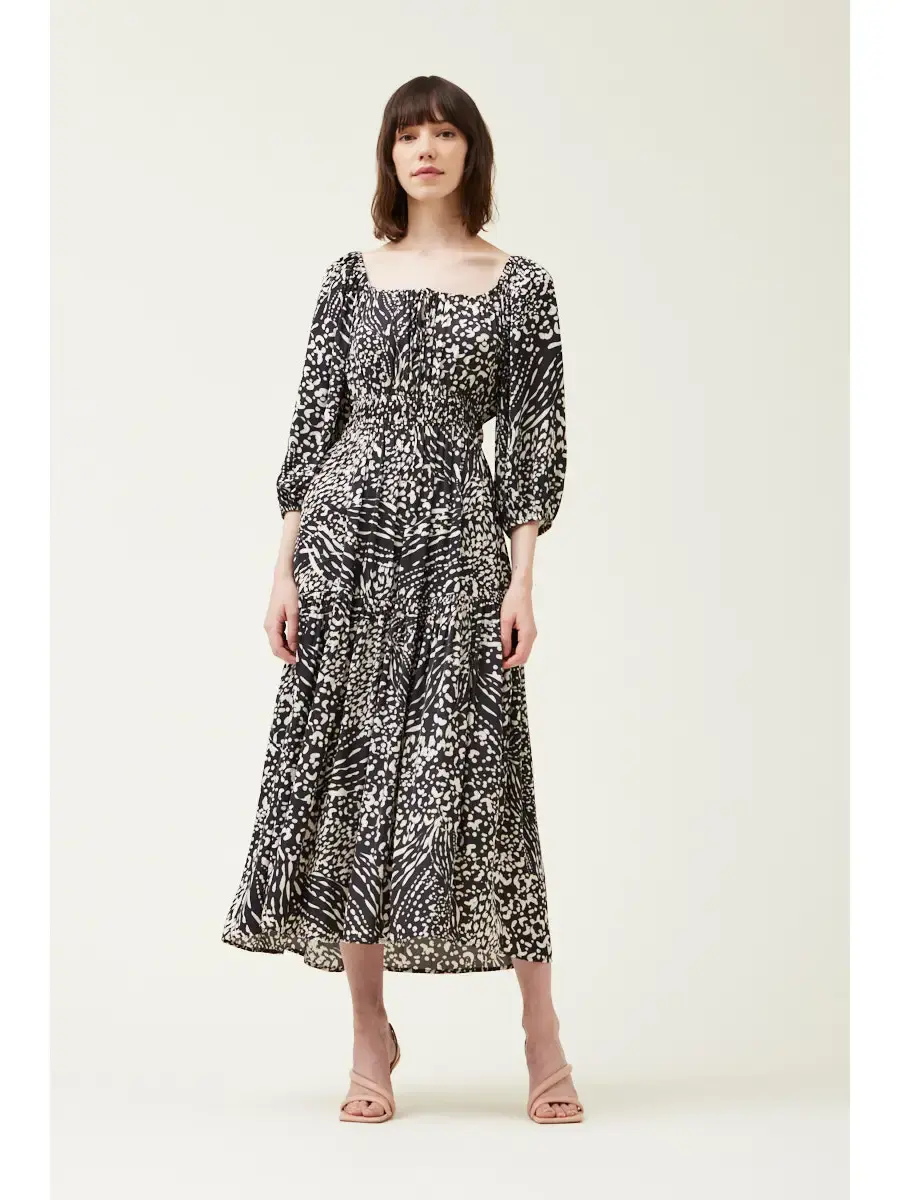Description: Anna Taranko Alcoholic Set — for bold decisions and vivid ideas.
The Alcoholic Set comprises three juicy, acidic colors.
It is recommended to implant these alcohol-based colors superficially and not densely.
Cosmopolitan
Cool bright pink
Can be used even on cool lips. Due to its brightness, it will look beautiful on any skin type. Use as the main color in the aquarelle technique or as an additional layer (one pass over any color from the LIPS series) for a brighter pink color.
Mai Tai
Warm, acidic, peachy pink
Use as the main color in the aquarelle technique or as an additional color to add freshness to the lips.
Moulin Rouge
Cool dark cherry
Perfect for creating an ombre effect. After applying any color from the LIPS series, we recommend applying Moulin Rouge densely closer to the mucous membrane of the lips to emphasize it. This color can also be used undiluted.
Color: 3 colors
Color temperature: warm, cold
Retention rate: 60-80%
Mixes: All alcohol-based colors can be mixed.
Recommended proportions:
- 1:1 Mai Tai + Cosmopolitan — for a neutral color
- 1:1 Cosmopolitan + Moulin Rouge — for something even more saturated
Application method: The maximum number of passes: 2.
Avoid securing the lip contours excessively and going beyond the natural lip contour, to avoid excessively bright healed results.
Application of dilutor: Always dilute the ink with the proprietary Brovi Dilutor 1 drop of diluent to 5 drops of ink.
Do not dilute the ink with water!
Volume: 3 x 5ml
Ingredients:
Mai Tai: Aqua, Rosin, Glycerin, Hamamelis Virginiana Extract, Alcohol, CI 12477, CI 77891, CI 73915, CI 21095, CI 21110
Cosmopolitan: Aqua, Rosin, Glycerin, Hamamelis Virginiana Extract, Alcohol, CI 77891, CI 12477, CI 73915
Moulin Rouge: Aqua, Rosin, Glycerin, Hamamelis Virginiana Extract, Alcohol, CI 12466, CI 12477, CI 21110, CI 77891, CI 77266
Organic or inorganic?
Organic or inorganic?
Brovi pigments are a hybrid. This means that they consist of both organic and inorganic components. It is wrong to think that organic is good and non-organic is bad, or vice versa. Organic components are produced as a result of organic synthesis, and inorganic components are natural and mineral components that are produced as a result of their processing and enrichment. Hybrid pigments are contemporary types of pigments that most of the pigment companies manufacture nowadays.
Are there iron oxides in Brovi pigments?
Are there iron oxides in Brovi pigments?
Since Brovi pigments are a hybrid (they have both organic and inorganic components ), iron oxides are present in them.
But don’t get scared of that! Iron oxides are absolutely safe and can be found in many other pigments, as well as in perfumes and some food. For example, yellow iron oxide is one of the ingredients in face foundations.
In Brovi pigments, we use red iron oxide CI7491.
Is there titanium dioxide in Brovi pigments?
Is there titanium dioxide in Brovi pigments?
Titanium dioxide can be found in different amounts in all pigments on the market (except in black pigments, of course).
In Brovi pigments, titanium dioxide is found in minimal quantities (not more than 4.8%) and is in the last position in the formula.
Also, in Brovi pigments, titanium oxide particles are finely dispersed, which means that you can use them when working on faces (coarse particles cannot be used when working on face skin).































